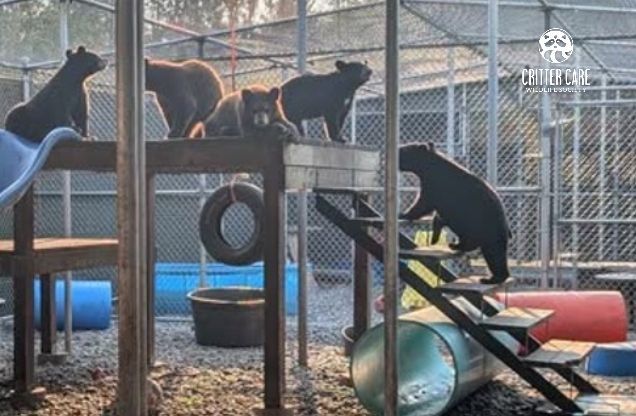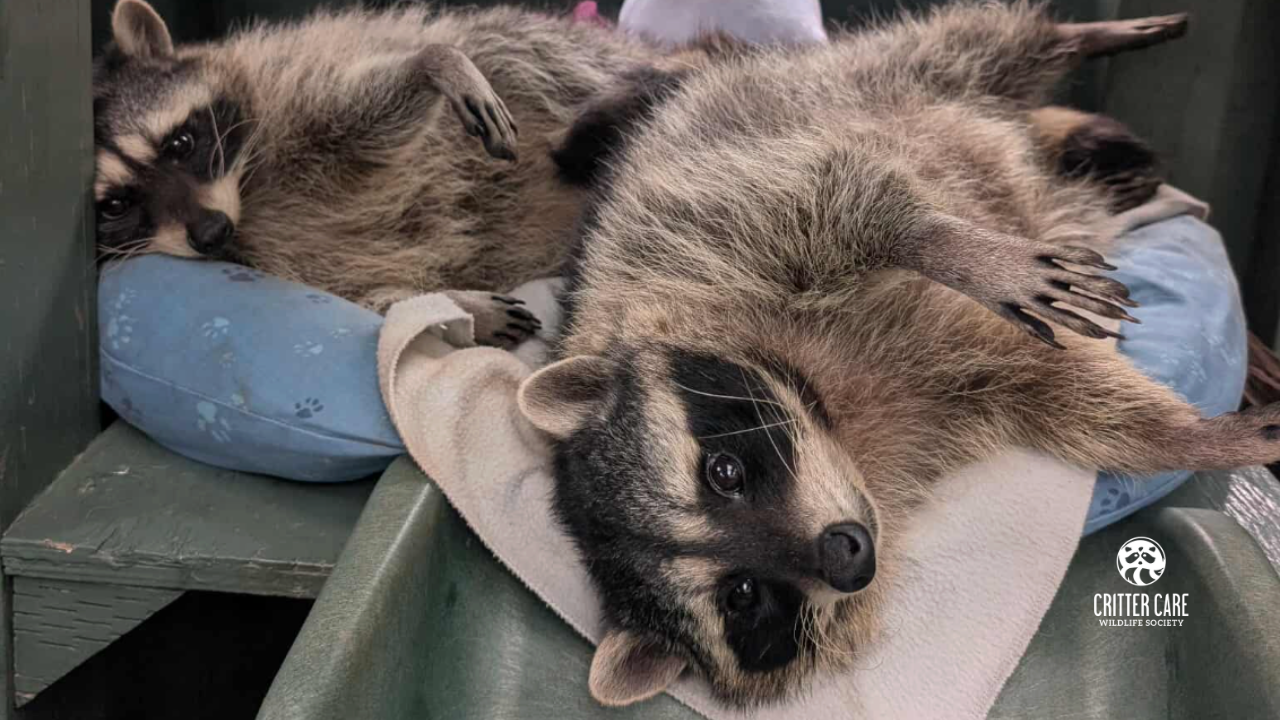Understanding Urban Wildlife. Part 2
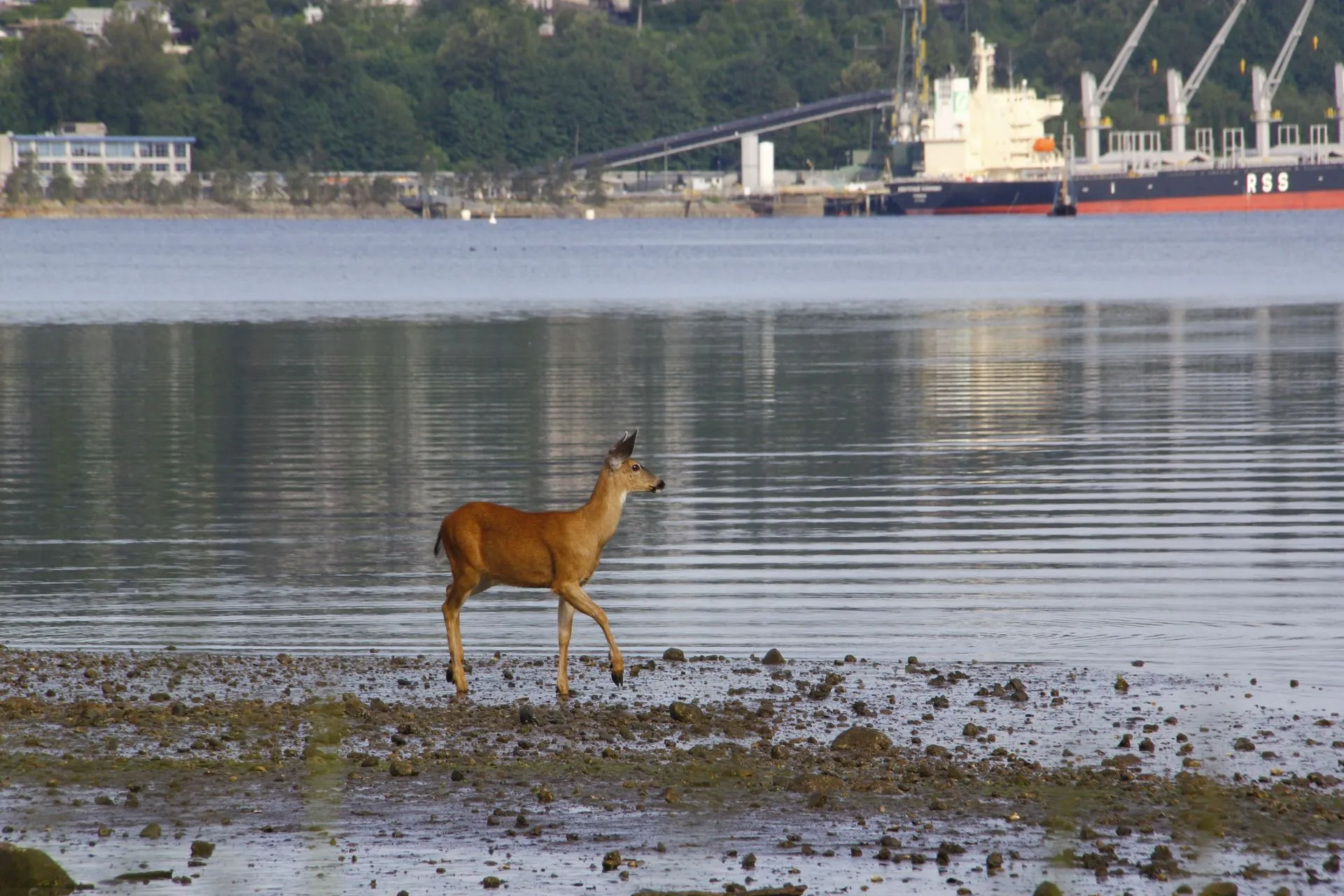
Understanding Urban Wildlife
Urban wildlife refers to the animals that thrive in cities and suburbs, adapting to the unique challenges and opportunities presented by human environments. From the birds that nest in our parks, to the raccoons that raid our trash bins, these creatures have found ways to coexist with us in bustling and expanding urban settings.
However, with a growing human population, this coexistence can sometimes lead to conflicts, which require thoughtful management to ensure the well-being of both humans and animals. We need to remember, many of these animals are moving into urban environments, because the habitat they once occupied has been lost to development.
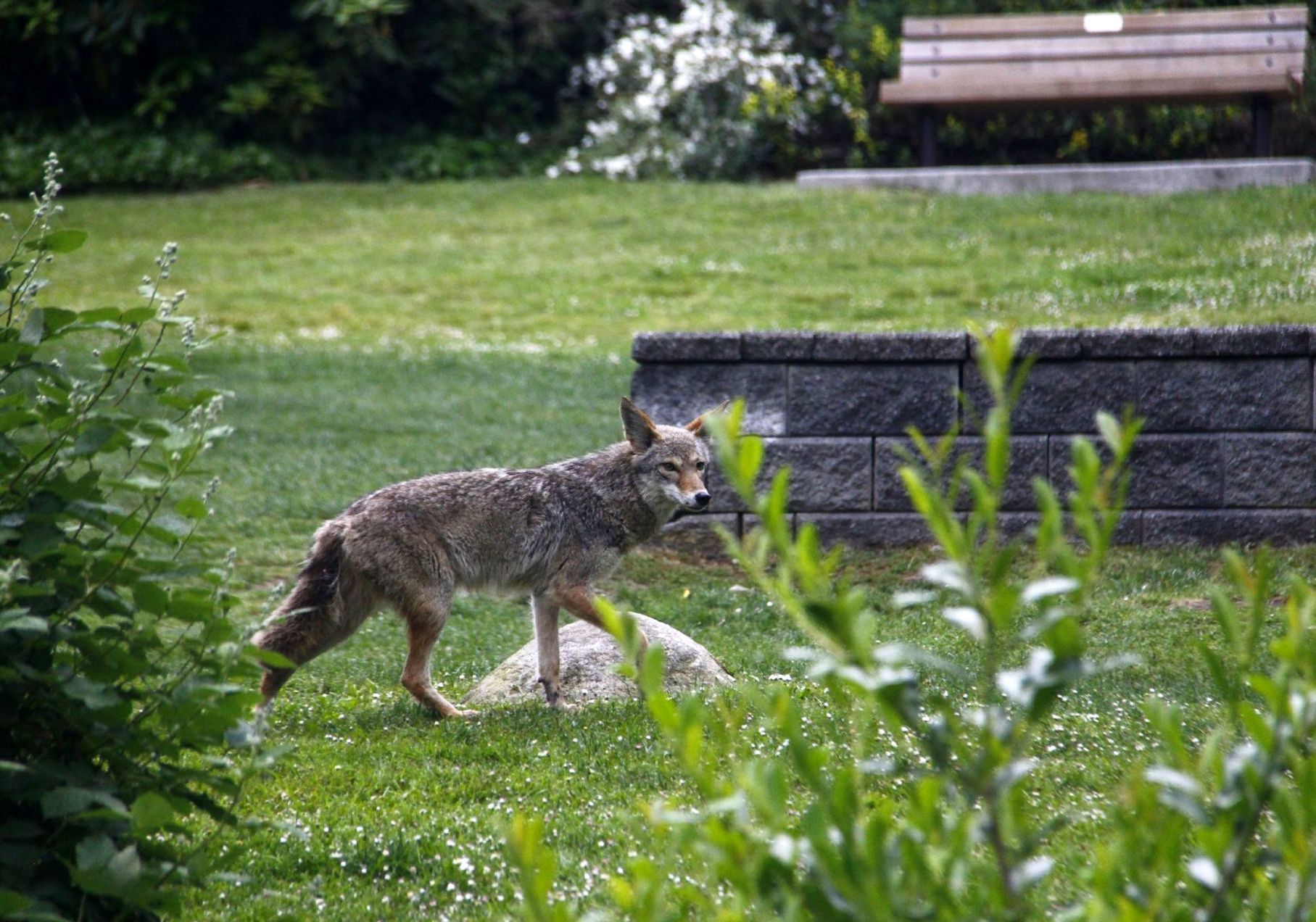
Human-Wildlife Conflict
Human-wildlife conflict arises when animals damage property, threaten safety, or otherwise disrupt human activities. In urban settings, conflicts often involve animals such as raccoons, squirrels, skunks, and birds. These animals might invade homes, forage in garbage bins, or create nuisances with their noise or droppings. Understanding the root causes of these conflicts is essential for developing effective solutions. Coyotes, for example, tend to have a bad reputation because of sensational media stories, are in actuality, very unlikely to attack humans. Though they may still see small outdoor pets as prey.
Costs of Conflict
The costs of human-wildlife conflict can, at times, be substantial. Property damage, health risks from bites or diseases, and the stress of dealing with unwanted animal visitors are common issues. Additionally, wildlife can suffer when conflicts arise, often facing inhumane treatment or displacement. It is important to address these conflicts in ways that minimize harm to both humans and animals. Biologists have also found that species like the coyote, when hunted or culled, actually have larger litters to compensate for losses.
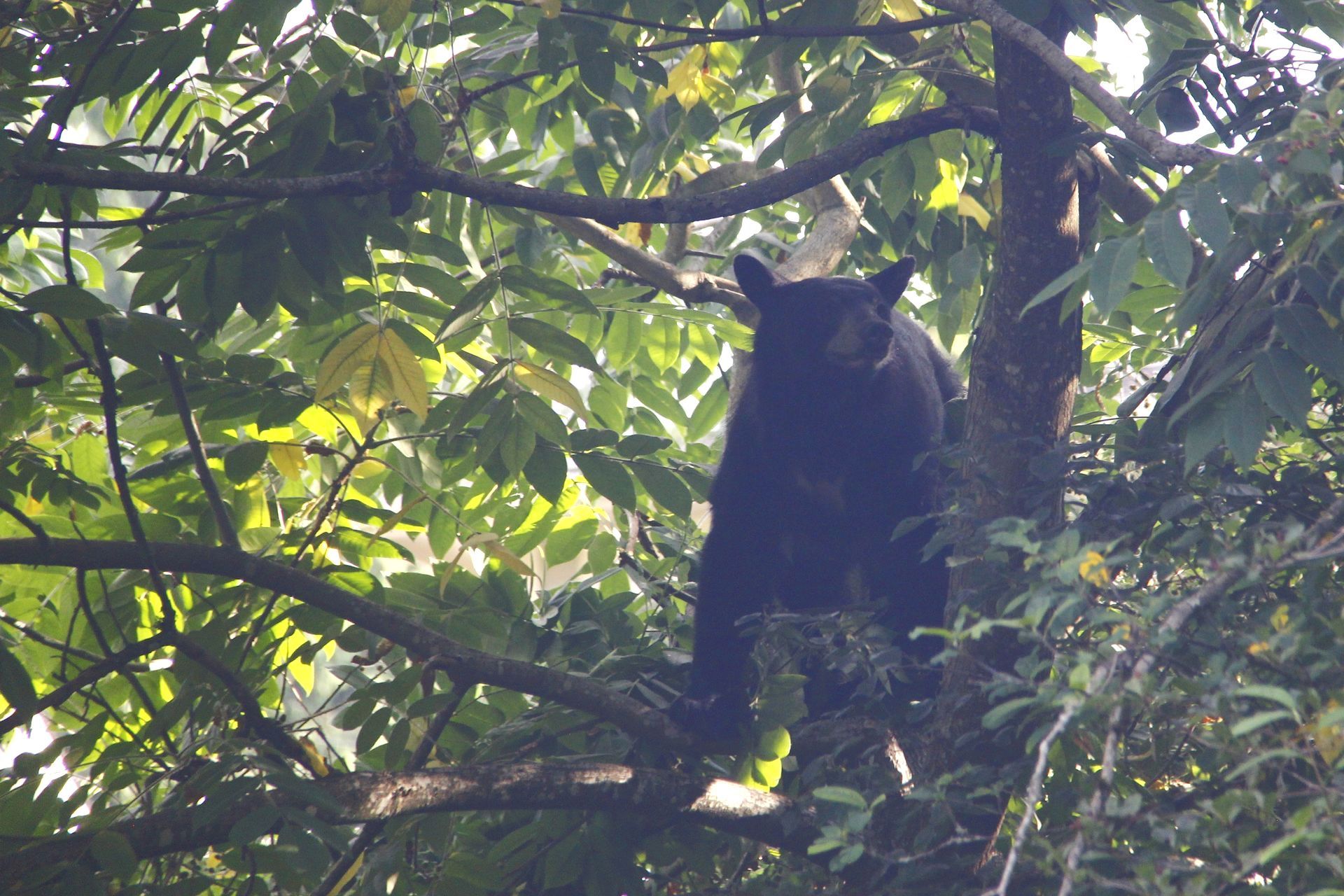
Conflict Management
Effective conflict management involves strategies that prevent conflicts before they occur and address them humanely when they do. Securing garbage bins, using bear proof bins, sealing entry points into homes, and maintaining clean environments, can reduce the likelihood of attracting wildlife. It is also important for people, not to approach and/or feed wildlife directly.
When conflicts do occur, humane exclusion methods, such as those recommended by AnimalKind companies, offer solutions that respect the welfare of animals. Other ways to reduce conflict, are for citizens to encourage, all levels of government, industry and developers and privite citizens, to all work together in providing sustainable habitat.
Opening up drain pipes and ditches, returning streams to the way they were, along with providing corridors, even overpasses and underpasses, for wildlife to use, can reduce conflict with humans.
Keeping domestic cats indoors, will keep them from being preyed on, as well as reducing stress on the song bird population.

Benefits of Human-Wildlife Interactions
Despite the conflicts, interactions with urban wildlife offer significant benefits. Animals like bees and birds play crucial roles in pollination and pest control, while contributing to the ecological health of our cities.
Observing wildlife can also enhance our quality of life, offering moments of connection with nature and reducing stress. Urban wildlife enriches our environment, making cities more vibrant and dynamic. Children, as well as adults, can lean a lot by observing -from a safe distance- the behaviour of urban-wildlife. Another way both humans and wildlife can benefit, is by participating in citizen science.
Urban wildlife has become very resilient, has adapted to living close to humans and are here to stay. They are learning how to live with us, now it’s our turn to learn to live with them in harmony.
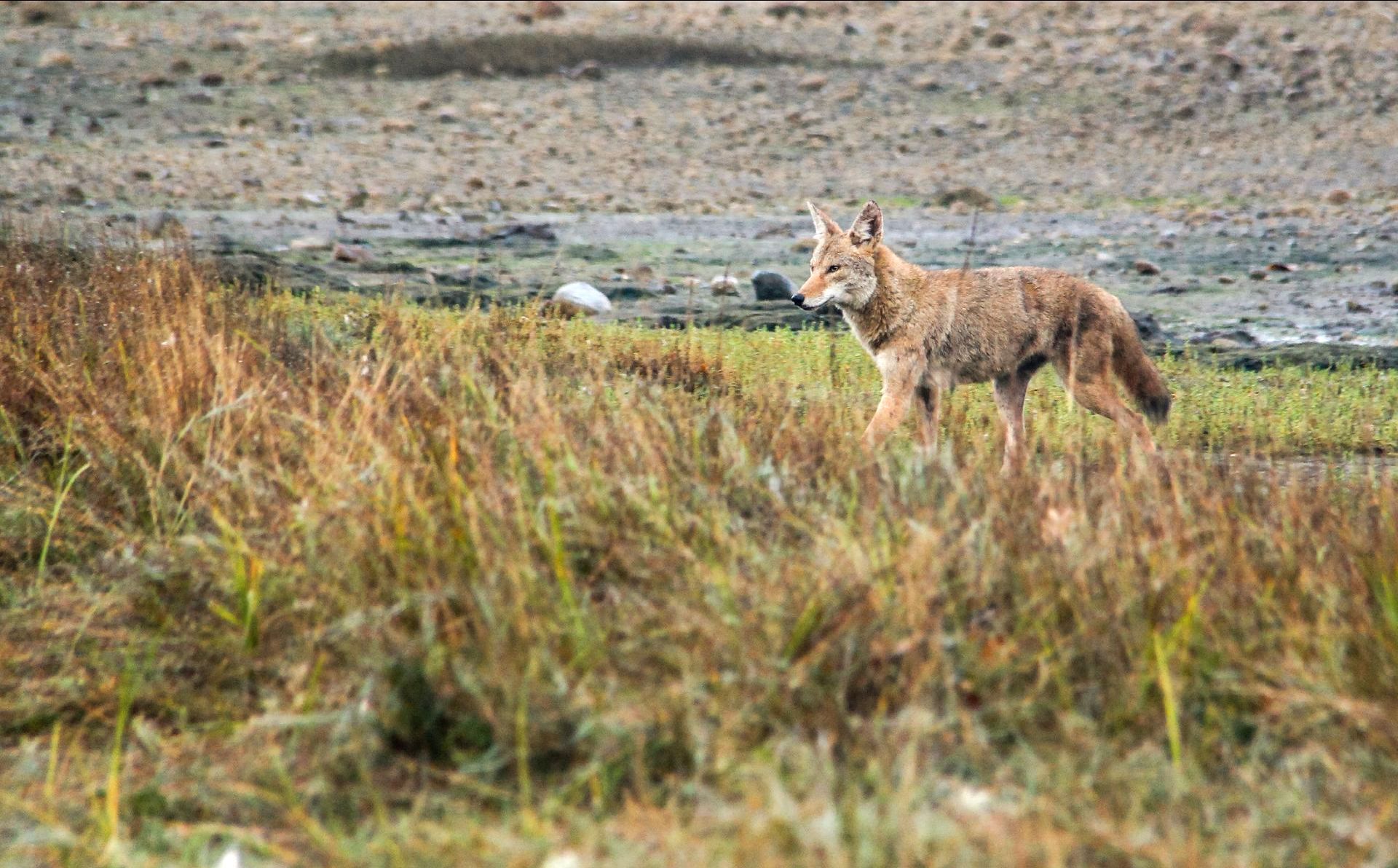
Critter Care Wildlife Society News
Sign up to get inspiring stories of rescue,
rehabilitation and release from Critter Care
Be the first to receive our newsletter, new blog posts, and updates
about our most critical needs and community news.

